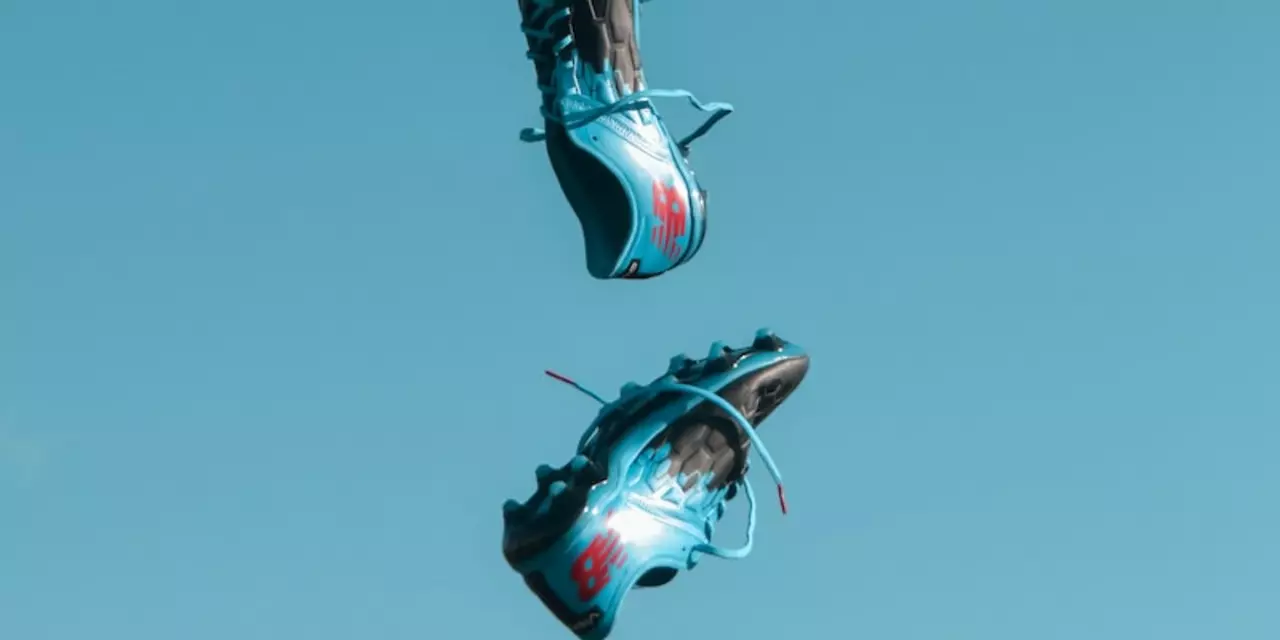Cleats: Choosing the Right Footwear for Soccer Performance
When you talk about cleats, the studded shoes designed for traction on grass or artificial surfaces. Also known as soccer boots, they are essential for any player looking to maximize grip and stability.
A key factor is stud configuration, the pattern and shape of the protrusions under the sole. pitch surface, whether natural grass, soft ground or artificial turf determines which stud layout works best. Meanwhile, cleat brands, companies like Nike, Adidas and Puma that design and market the shoes bring technology and style into the mix.
Key Factors When Selecting Cleats
Cleats encompass stud configuration, meaning the design directly influences traction on a given pitch surface. If you play on firm ground, a FG (Firm Ground) sole with conical studs offers balanced grip without tearing up the turf. Soft‑ground fields benefit from longer, bladed studs that dig into wet soil. For artificial turf, a TF (Turf) plate with many small nubs prevents excessive pressure on the knee.
Cleats require proper fit. A snug toe box ensures you can control the ball, while a secure heel prevents sliding inside the shoe. The material matters too: kangaroo leather molds to your foot over time, whereas synthetic uppers stay light and waterproof. Remember that a well‑fitted shoe reduces blisters and improves speed.
Stud configuration influences injury risk. Too many aggressive blades on a hard surface can cause twists, while too few on a soft field leads to slipping. Understanding the relationship between stud shape, pitch type, and your playing style helps you avoid common mishaps.
When it comes to cleat brands, technology varies. Nike’s Flyknit uppers aim for a sock‑like feel, Adidas’ Primeknit focuses on breathability, and Puma’s lightweight composites target speed. Each brand also offers specific models tuned for different positions – strikers often choose lightweight boots, defenders may opt for sturdier support.
Maintenance extends the life of your cleats. After games, brush off mud, let them air dry, and keep the studs tight. For turf shoes, a quick wipe removes rubber residue that can reduce grip. Regular cleaning preserves the material and maintains consistent performance.
Finally, consider the budget versus performance balance. Entry‑level cleats provide basic traction, while premium models integrate weight‑saving foams and advanced stud geometry. Decide what matters most for your game and choose accordingly.
Below you’ll find a mix of articles that dive deeper into each of these topics – from detailed stud‑type breakdowns to brand comparisons and fit‑checking checklists. Use the insights here to guide your next purchase and get the most out of every match.
How to make soccer cleats smaller?
Making soccer cleats smaller is a common problem for soccer players. This article offers several ways to do this, including using a hairdryer, wearing thicker socks, and purchasing soccer cleats one size smaller than normal. Additionally, it recommends stretching the toe area of the cleats with a shoe stretcher and using a heat gun to help make the cleats fit better. Finally, it suggests using a leather conditioner to help soften the material and make it easier to stretch. Following these steps can help soccer players get the best fit for their cleats.
